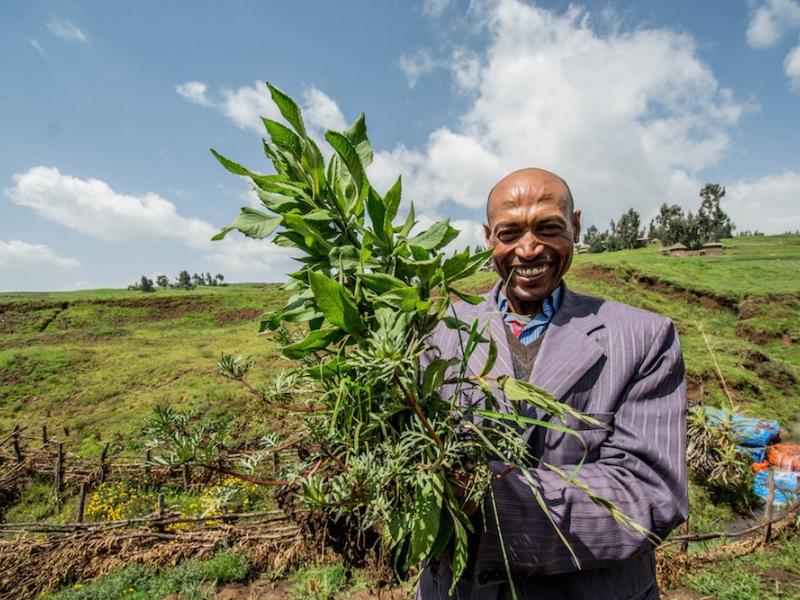
Reverses climate change and drives sustainable diets by restoring soil organic matter and degraded biodiversity.
Certificates ensure biosequestration, improve soil health, increase biodiversity, and restore water resources which improves the living standards of farmers, their families, and communities as they receive higher price premiums for their products. Consumers get access to healthier food products, containing more nutrients and less agrochemicals.

